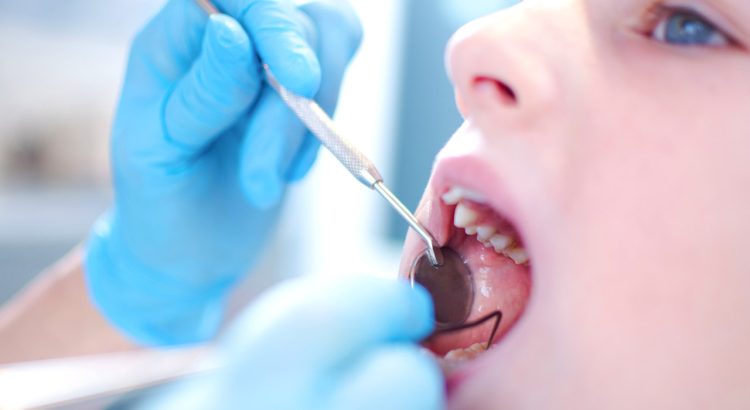DiYES International School – Tooth erosion in children is a growing dental concern worldwide. It occurs when acid wears away the enamel, the tooth’s protective outer layer. This condition can cause sensitivity, pain, and long-term damage if untreated. Parents and caregivers need to understand early signs to act promptly. Early detection allows for effective treatments that protect children’s smiles. This article discusses the causes, symptoms, and treatments for tooth erosion in kids. It also offers tips for prevention to maintain healthy teeth.
Understanding Tooth Erosion in Children
Tooth erosion happens due to acid exposure that gradually dissolves enamel. Common acids come from dietary sources and stomach acids. Children who frequently consume sugary or acidic foods face higher risk. Drinks like soda, fruit juices, and sports drinks are common culprits. Acid reflux and vomiting can also cause erosion by exposing teeth to stomach acid. Unlike cavities caused by bacteria, erosion is a chemical process. This difference makes prevention and treatment unique. The enamel thins, making teeth vulnerable to sensitivity and decay. Enamel does not regenerate naturally, so damage can accumulate over time. Tooth erosion is often overlooked because symptoms appear gradually. Children may not report discomfort until damage becomes severe. Parents should observe their child’s dental health closely. Regular dental check-ups help identify erosion early.
“Read about: Understanding Bone Diseases in Children: Early Signs and Treatments”
Early Signs of Tooth Erosion
Recognizing tooth erosion early can save teeth from permanent damage. The first sign is increased tooth sensitivity. Children might complain about pain when eating hot, cold, or sweet foods. Teeth may also appear smoother or shinier than usual. Enamel thinning can cause the teeth to look more translucent. Another sign is the rounding or cupping of the tooth edges. Small dents or grooves may form on the tooth surface. Color changes, such as yellowing, indicate dentin exposure beneath enamel. Children may also experience jaw pain or discomfort while chewing. Parents should not ignore these symptoms and consult a dentist promptly. Dentists use special tools and x-rays to detect erosion levels. Early diagnosis allows the dentist to recommend appropriate treatments. Regular oral hygiene and dietary changes often accompany treatment plans.
Effective Treatments for Tooth Erosion
Treatment for tooth erosion depends on the severity and cause. In mild cases, dentists focus on stopping acid exposure and strengthening enamel. Fluoride treatments are commonly used to remineralize weakened enamel. Fluoride varnishes or gels help rebuild tooth surfaces and reduce sensitivity. Dentists may also recommend special toothpaste for sensitive teeth. These products protect enamel and ease discomfort. In more severe cases, restorative procedures are necessary. Composite resins can fill worn areas and restore tooth shape. Dental bonding improves both appearance and function. For extensive damage, crowns or veneers protect the remaining tooth structure. These restorations shield teeth from further erosion and improve aesthetics. Treatment always includes advice on preventing future acid exposure.
In all cases, children and parents must commit to proper dental care and diet management. Avoiding acidic foods and drinks reduces erosion risk. Drinking water after meals helps wash away acids. Using a straw for acidic drinks minimizes contact with teeth. Eating a balanced diet rich in calcium supports healthy enamel.
“Read more: Garage Door Springs Repair: Tips for Restoring Proper Tension”
Preventing Tooth Erosion in Children
Prevention is the best strategy against tooth erosion. Parents should encourage good oral hygiene habits early on. Brushing twice daily with fluoride toothpaste strengthens enamel. However, brushing immediately after acidic foods should be avoided. Acid softens enamel, and brushing too soon can cause more damage. It is better to rinse with water and wait 30 minutes before brushing.
Limiting sugary and acidic snacks and drinks reduces acid attacks on teeth. Encourage children to drink plenty of water throughout the day. Using a straw for acidic beverages helps protect teeth. Regular dental visits allow early detection and guidance. Dentists provide personalized advice based on each child’s needs. Educating children about healthy diet and oral care empowers them to maintain strong teeth. Families should also watch for medical conditions that increase acid exposure. Managing acid reflux or frequent vomiting can prevent erosion. Doctors and dentists can work together to treat underlying health issues.



